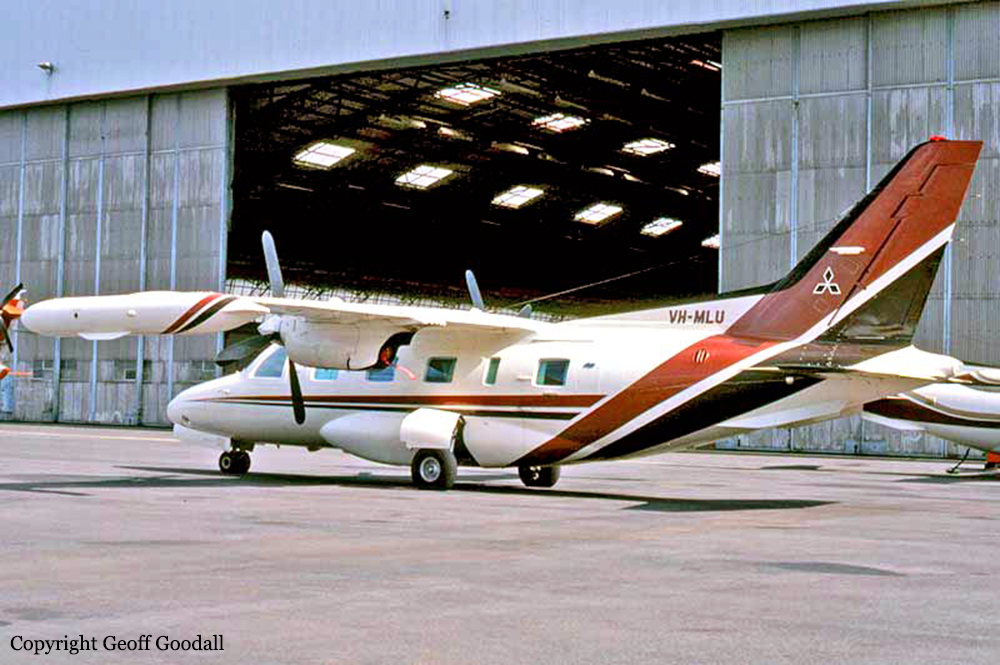Crash of a Mitsubishi MU-2B-60 Marquise in Bargo: 1 killed
Date & Time:
May 24, 1983 at 0433 LT
Registration:
VH-MLU
Survivors:
No
Schedule:
Sydney - Melbourne
MSN:
1527
YOM:
1981
Crew on board:
1
Crew fatalities:
Pax on board:
0
Pax fatalities:
Other fatalities:
Total fatalities:
1
Circumstances:
The aircraft was cleared via a Standard Instrument DEPARTURE with an unrestricted climb to Flight Level (FL) 220. The aircraft climbed on track at an average rate of 1300 ft/min until FL130. The rate of climb then reduced to 350 ft/min until FL140, when the rate of climb increased to 1800 ft/min. At FL160 the aircraft entered a near vertical descent and radar contact was lost one minute later at 3100 feet. The aircraft impacted the ground in a near vertical attitude. The pilot, sole on board, was killed.
Probable cause:
Despite an extensive investigation, the reason for the loss of control leading to this accident could not be determined. There have been several other reported occurrences involving sudden loss of control in this aircraft type and the United States Federal Aviation Administration has conducted a certification review of the type. The results of that review do not appear to indicate any factors relevant to this particular accident.
Final Report:













